Manje Garden (만재가든)
4.4Km 2021-03-26
356, Jungang 1-ro, Haenam-gun, Jeollanam-do
+82-61-533-6222
It is a store specializing in Korean beef. This Korean dishes restaurant is located in Haenam-gun, Jeollanam-do. The representative menu is grilled tenderloin.
Sanmaruteo (산마루터)
4.9Km 2024-02-28
88-33 Daeheungsa-gil, Samsan-myeon, Haenam-gun, Jeollanam-do
Sanmaruteo is a specialty restaurant offering traditional healthy cuisine from the Namdo region of Korea. They exclusively serve a single menu: Cheonggukjang chalbap (Rich soybean paste soup and steamed sweet rice). Served with hot stone pot rice, cheonggukjang (rich soybean paste soup) and a variety of hearty side dishes. Freshly cooked rice in a hot stone pot that enhances the flavor. Alongside dishes like pan-fried bean curd, grilled yellow croaker, and spicy stir-fried pork, accompanied by various seasoned salad, visitors can enjoy a satisfying meal.
Jeonju Sikdang (전주식당)
5.0Km 2021-10-16
170, Daeheungsa-gil, Haenam-gun, Jeollanam-do
+82-61-532-7696
Jeonju Sikdang is a noted restaurant for Haenam folk cuisine. It was designated by the Korean Traditional Culture Preservation Society after
getting many awards, such as Special Culinary Award.
The main items on the menu are pyogo jeongol (shitake mushroom hot pot) and sanchae jeongsik (set menu with seasoned wild vegetables). In particular, the restaurant's signature pyogo jeongol uses ingredients that are all prepared in house using organic shitake mushrooms, beef, Manila clams, along with other seafood and vegetables, giving it a clean and rich taste. The theme of the restaurant, “Enjoying natural dishes in the mountains,” fits perfectly with the taste of their mushrooms, which carries a excellent taste without the addition of any artificial seasoning. The restaurant also sells dongdongju (traditional Korean liquor), a drink that brings deeper flavors of the food.
Duryunsan Cable Car (두륜산케이블카)
5.0Km 2025-03-26
88-45 Daeheungsa-gil, Haenam-gun, Jeollanam-do
+82-61-534-8992
Duryunsan Mountain (700 meters) is a famous mountain in Jeollanam-do. With its eight peaks, it is home to many temples and historic sites. The mountain also holds great importance in plant chorology as its forests consist of warm-temperate broad-leaved evergreens and deciduous broad-leaved trees. The mountain peak can be reached by trekking for about 2-3 hours from the entrance of Daeheungsa Temple or by the Daeryunsan Cable Car (one way 8-minute), which departs from the entrance on the opposite side of the mountain and takes visitors to a spot right below the peak. From the mountain summit, there is a view of the southern sea and on a clear day, it is possible to see as far as Hallasan Mountain on Jeju Island. Nearby tourist attractions include Uhangri Dinosaur Museum Complex, Usuyeong Tourism Village and Ttangkkeut Village.
Cheongsu Minmul Jangeo - Haenam Branch (청수민물장어 해남)
5.4Km 2021-03-26
542, Haenam-ro, Haenam-gun, Jeollanam-do
+82-61-534-8484
A restaurant that serves live eel cooked on the spot. This restaurant's signature menu is grilled eel. This Korean dishes restaurant is located in Haenam-gun, Jeollanam-do.
Duryunsan Provincial Park (두륜산도립공원)
5.7Km 2025-03-15
400, Daeheungsa-gil, Haenam-gun, Jeollanam-do
+82-61-530-5543
Containing many Buddhist temples and ruins as well as spectacular scenery, the 700 meter-tall Duryunsan Mountain is located at the southernmost point of the Korean peninsula. Forested by subtropical green broadleaf trees and temperate deciduous broadleaf trees, the mountain is valued highly for observing plant chorology. There are many fields of silver grass, and the summit of the park's eight peaks provide vistas of the western and southern sea.
During the fifth year of King Jinheung's reign (514), the Buddhist monk Ado built Daedunsa Temple, which is a place of great historical value as it is also related to the Buddhist monk Seosan. The temple is built among dense woodlands, consisting of maple trees and camellias. Breathtaking scenery of valleys and luxuriant trees can be seen on both sides of the 2-kilometer-long road leading to the temple.
Daeheungsa Temple [UNESCO World Heritage] (대흥사[유네스코 세계문화유산])
7.1Km 2025-09-04
400, Daeheungsa-gil, Samsan-myeon, Haenam-gun, Jeollanam-do
+82-61-534-5502
Daeheungsa Temple, located on Duryunsan Mountain, is said to have been founded by Monk Ado in the 22nd year of King Seong of Baekje. In 2018, it was inscribed on the UNESCO’s World Heritage List as part of the “Sansa, Buddhist Mountain Monasteries in Korea.” Also known as a temple where the spirit of Buddhism for national protection remains alive, Daeheungsa Temple served as the main base for monk soldiers led by Seosan Daesa during the Japanese invasions of Korea. Later, Seon Master Choui, who believed that the truth of the Buddha and the joy of meditation could be found in tea, built Iljiam Hermitage in the valley of Daeheungsa Temple. There, he devoted himself to solitary practice for more than 40 years, earning the temple recognition as a sacred site of Korea’s tea culture. Situated in a wide mountain basin, Daeheungsa Temple displays a unique layout. Geumdangcheon Stream runs through the grounds, dividing the buildings into North and South Precincts. Unlike standard temple layouts, these buildings are arranged freely, creating a distinctive spatial composition. Set farther back behind the South Precinct are the Pyochungsa Shrine, dedicated to Seosan Daesa, and Daegwangmyeonjeon Hall within Donggukseonwon Temple. Among the treasures of the temple is the Rock‑carved Seated Buddha at Bungmireugam Hermitage, designated as a National Treasure. Seosan Daesa Relics Hall houses 24 cultural artifacts, including royal gifts from King Seonjo, such as a jade alms bowl and a jadeite (green jade) alms bowl, along with Seosan Daesa’s calligraphy, sedan chair, shoes, and Buddhist scriptures written in gold and silver.
Seoladawon (설아다원)
9.1Km 2024-12-24
153-21 , Samseong-gil, Haenam-gun, Jeollanam-do
+82-61-533-3083
Seola Dawon is a hanok stay at the foot of Mt Duryun in Haenam, Jeollanam-do. It began as a tea plantation whose owner wanted to pass on his love for traditional tea culture to the next generation. Many visitors came and they needed accomodation, so the owner built a small stone guest room. Now there are 8 guestrooms, including a clay house, a timber frame house, and an earthbag house; while the work of promoting tea cultivation and culture continue.
Haenam Forest Arboretum (4est 수목원)
9.8Km 2024-11-07
San 1-33, Hwangsanri, Hyunsan-myeon, Haenam-gun, Jeollanam-do
◎ Travel information to meet Hallyu’s charm - "One Day Off"
Haenam Forest Arboretum, where Park Ha-kyung met Jung-ah (who was practicing silent meditation), offers stunning landscapes throughout the seasons. The popular Hydrangea Festival, which showcases blooming hydrangeas, is a must-visit, especially during the summer.
Seongmunjeong (석문정)
10.1Km 2024-02-16
2059-7 Baekdo-ro, Doam-myeon, Gangjin-gun, Jeollanam-do
Seongmunjeong is renowned for its hoechuntang (chicken and seafood soup with medicinal herbs). In Gangjin, where meat and seafood are plentiful, hoechuntang emerged as a traditional dish, embodying the region's abundance. This wholesome soup, which combines medicinal herbs, octopus, abalone, and chicken without the addition of salt, is a testament to the area's culinary heritage. Its name, "return-to-spring soup," reflects the soup's reputed health benefits, believed to rejuvenate the diner and restore the vitality of one's youth.
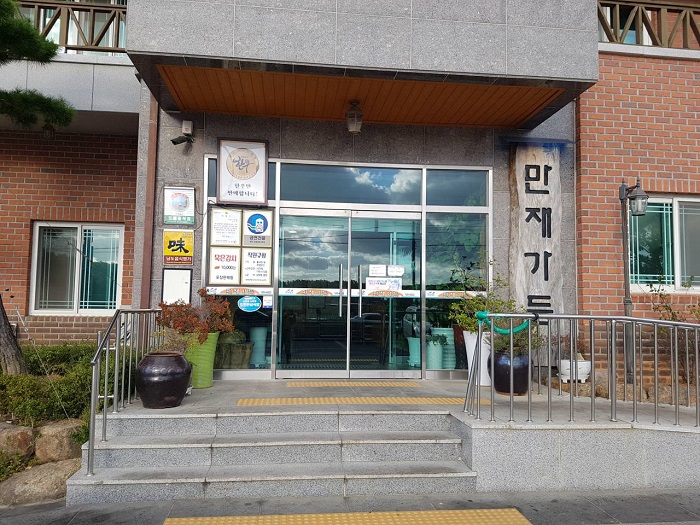

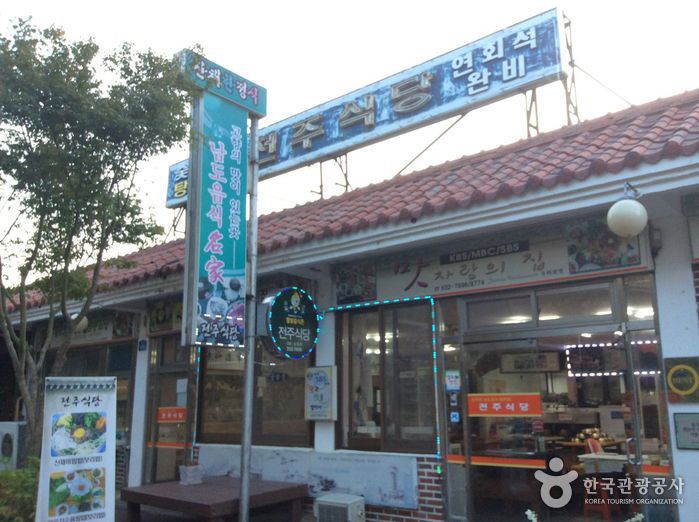
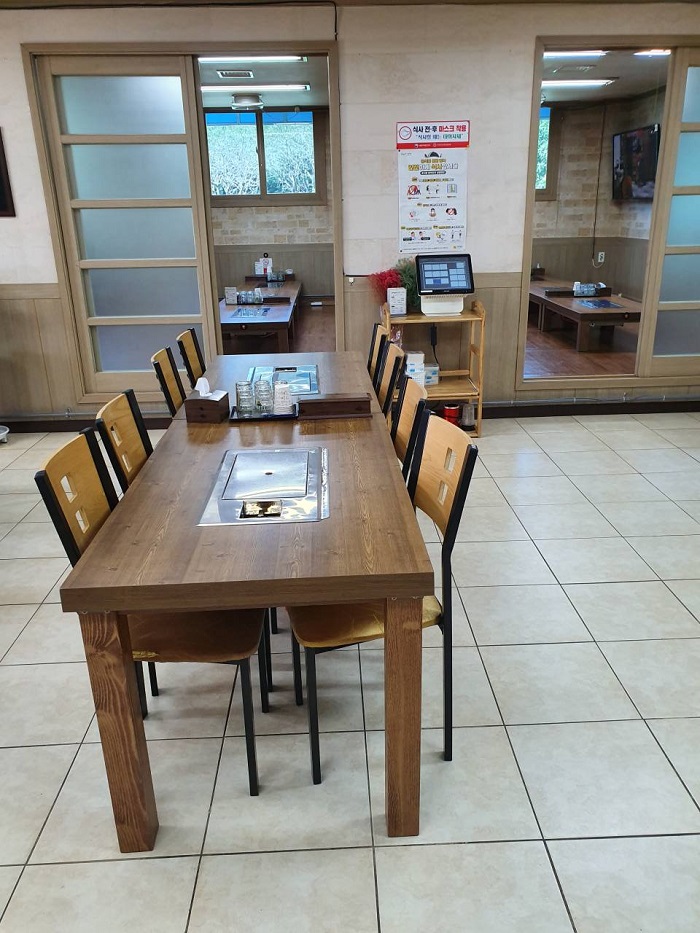
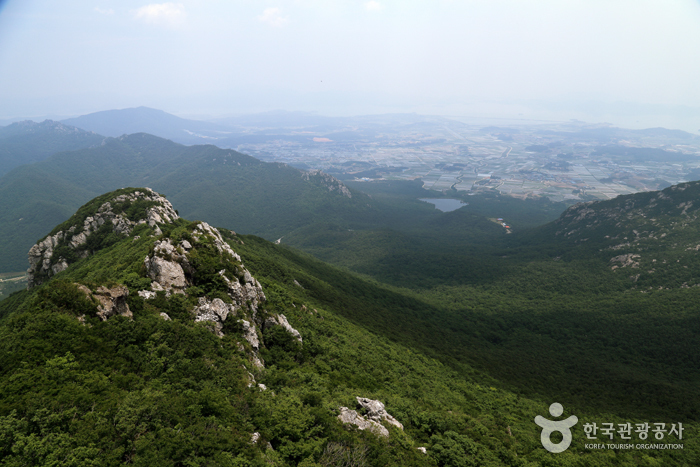
![Daeheungsa Temple [UNESCO World Heritage] (대흥사[유네스코 세계문화유산])](http://tong.visitkorea.or.kr/cms/resource/09/1929609_image2_1.jpg)
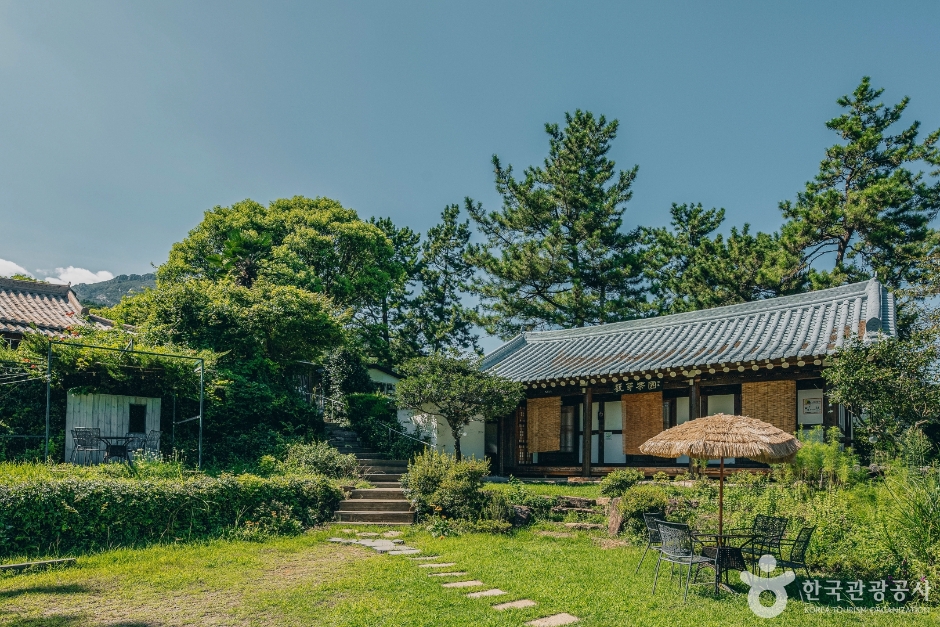
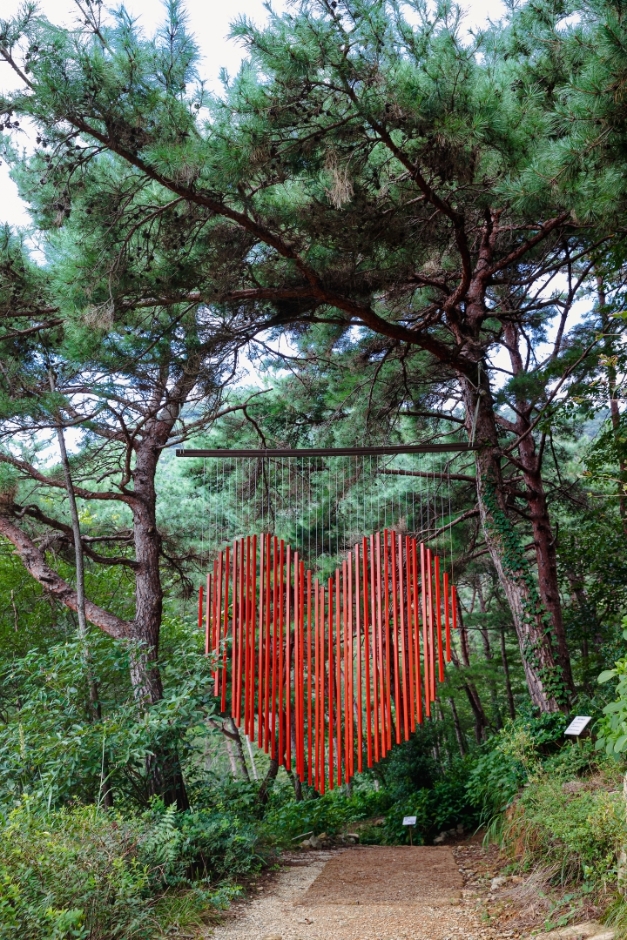
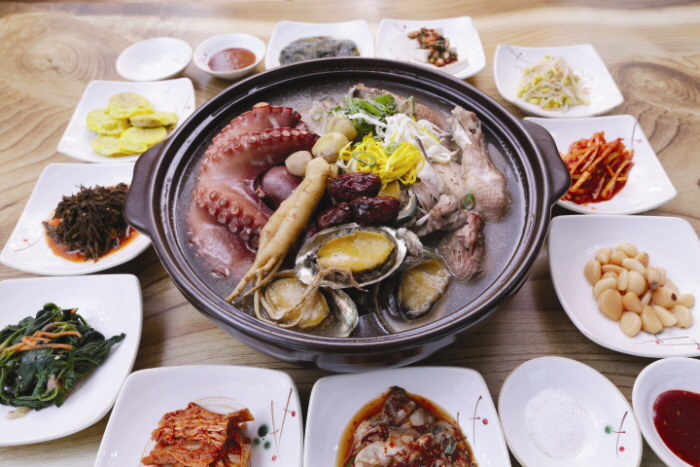
 English
English
 한국어
한국어 日本語
日本語 中文(简体)
中文(简体) Deutsch
Deutsch Français
Français Español
Español Русский
Русский